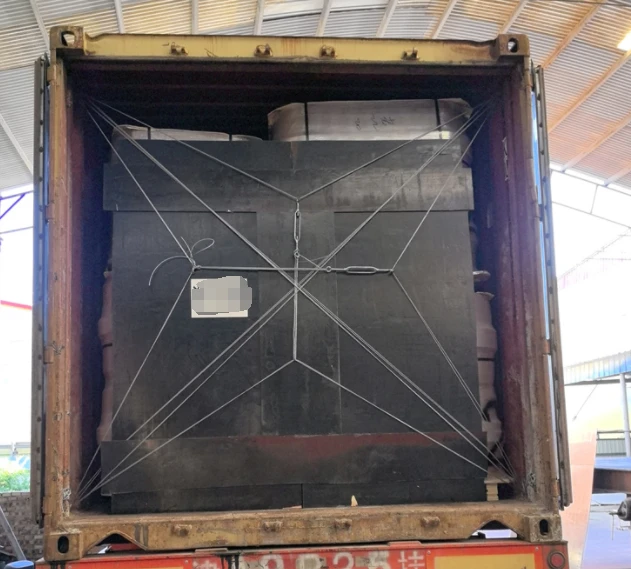ធ្នូ . 15, 2024 16:37 Back to list
brake drum wear patterns
Understanding Brake Drum Wear Patterns
Brake systems are essential for vehicle operation, providing the necessary control and safety features that ensure a vehicle can stop effectively. Among the multitude of components within a braking system, the brake drum plays a critical role, particularly in drum brake systems. Understanding brake drum wear patterns can provide valuable insights into the health of a vehicle’s braking system and may prevent significant safety issues.
What are Brake Drums?
Brake drums are cylindrical components that house brake shoes. When a driver depresses the brake pedal, hydraulic force pushes the brake shoes against the inner surface of the drum, creating friction that slows down the wheel. With continuous use, these components experience wear and tear, leading to various wear patterns which can indicate different issues.
Common Brake Drum Wear Patterns
1. Even Wear Ideally, a brake drum should wear evenly across its surface. This indicates that the braking system is functioning optimally, with balanced pressure applied by the brake shoes. Regular maintenance, including the replacement of worn pads and timely brake adjustments, can help maintain this ideal wear pattern.
2. Mating Wear This pattern appears when the brake shoes and drum are not matching perfectly due to uneven surfaces or issues with alignment. Mating wear typically shows as a “high and low” pattern along the drum surface, which can lead to inefficient braking. It may be necessary to replace the brake shoes and machine or replace the drum to resolve this issue.
3. Scoring Scoring occurs when hard particles from the environment become trapped between the brake shoes and drum, leading to deep grooves or lines on the drum surface. This not only indicates a significant level of wear but also reduces the effectiveness of the drum brakes by compromising the surface area available for friction. Scoring can often be remedied by machining the drum, though if the damage is significant, replacement may be necessary.
brake drum wear patterns

4. Heat Damage Overheating can lead to warping or hardening of the brake drum material. Symptoms of heat damage often include a blue discoloration on the drum surface, which indicates excessive heat exposure. When a drum overheats, it loses some of its structural integrity and can lead to brake failure. Ensuring that brakes are not subjected to extended periods of heavy use can prevent this wear pattern.
5. Cracking In severe cases, excessive heat or mechanical stress can cause cracks to develop in the brake drum. This is a critical issue as it poses a severe safety risk. A cracked drum can fail entirely under braking stress, leading to catastrophic outcomes. If any cracks are observed, the drum should be replaced immediately.
Factors Influencing Brake Drum Wear
Several factors can influence the wear patterns on brake drums. Driving habits play a significant role; aggressive driving, frequent heavy braking, and stop-and-go traffic can lead to accelerated wear. In addition, the quality of brake components, including the drum and shoes, can greatly affect their longevity and wear patterns.
Environmental conditions also contribute; for example, driving in hilly areas requires more frequent braking, leading to increased wear. Similarly, exposure to moisture can lead to rust formation on the drum, causing uneven wear as well.
Conclusion
Understanding brake drum wear patterns is crucial for vehicle safety and optimal performance. Regular inspections and maintenance can help identify wear patterns early, allowing for timely repairs or replacements. By recognizing the signs of wear, drivers can ensure not only their own safety but also that of others on the road. Investing in proper care for brake systems pays dividends in safety and extends the lifespan of the braking components.
-
Iveco Brake Drum | Premium OE Quality for Daily & Eurocargo
NewsAug.22,2025
-
Your Brake Drum Man: Quality & Performance Parts
NewsAug.21,2025
-
Explore Japan: Ultimate Travel Guide & Authentic Experiences
NewsAug.19,2025
-
Your Brake Drum Man: Premium & Reliable Brake Drums for Sale
NewsAug.18,2025
-
ROR Web Development: Build Fast, Scalable, Secure Apps
NewsAug.17,2025
-
Scania Brake Drums: OEM Quality for Optimal Safety & Durability
NewsAug.16,2025
